
Whether you are a cannabis connoisseur or only smelt the herb once outside of a frat house back in college, chances are you’re familiar with the distinct aroma that cannabis offers. Like within all plants in nature, including fruits and vegetables within cannabis, there are naturally occurring compounds known as terpenes. In cannabis specifically, these terpenes are found in abundance within the trichomes of female cannabis plants. Terpenes have many functions and offer an abundance of therapeutic properties and benefits.
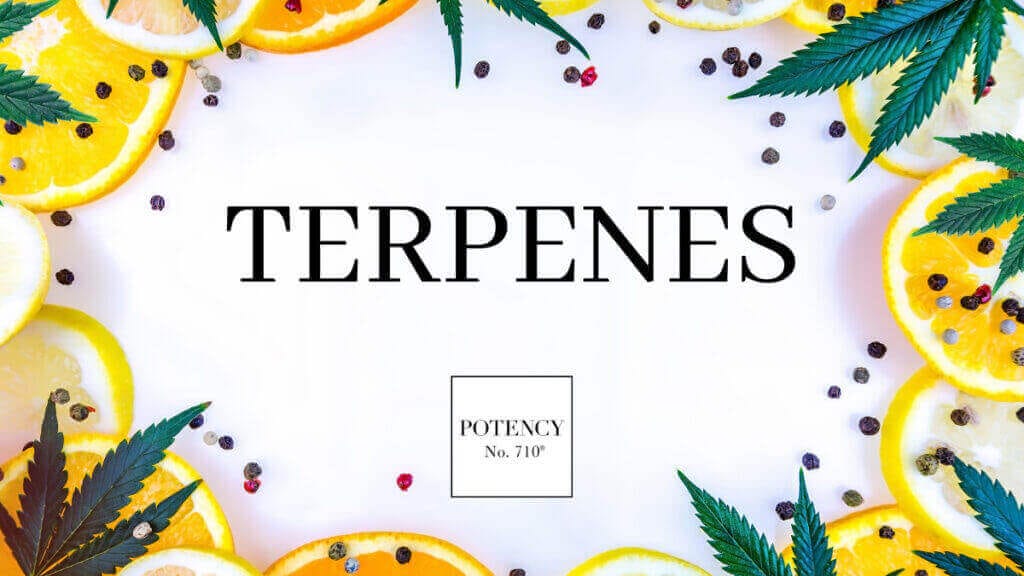
Terpenes are responsible for providing color and pigmentation within the buds and leaves of the plant and contribute highly to the unique flavor profile found in different cultivars. Aside from giving aroma, color, and flavor, terpenes play a vital role in various aspects of the cannabis plants’ survival and growth cycle.
Additionally, terpenes play both the predator and prey for creatures that can help vs. harm them. Terpenes can create smells that are attractive to beneficial insects while providing an aroma to those that may do harm that is off-putting. This means that they play a vital role in the survival and growth rate of plants. Terpenes such as linalool and terpinolene are attractive to insects that help to spread pollen, whereas terpenes like geraniol repel insects that would be more apt to make the plants their snack! This natural attract and defend mechanism presented by terpenes help to strengthen the plant’s overall immunity to its environment, potential stressors, and pathogens.
Many of the same terpenes that are found in various flowers, vegetables, fruits, and other plant species can be found in cannabis. The range of terpenes present in cannabis plants depends highly upon their specific genetic lineage. For example, Kush cultivars commonly contain humulene and linalool, terpenes that are also prevalent in hybrid strains with Kush-based parentage. Now that you know more about terpenes in general let’s look at some of the common terpenes found in cannabis cultivars.

This terpene is thought to be one of the most abundant in cannabis. It is estimated to make up as much as 65% of the entire terpene profile in some cultivars. Recent research also links this specific terpene to providing the infamous aroma linked to skunk varieties of cannabis. There’s also a theory that if you eat mangoes that are rich in this terpene roughly 45 minutes to an hour before consuming cannabis that it will increase the effects of the THC, ultimately leading to a more intense effect. This result has been shown when very high levels of this terpene are present in the mangoes consumed. This reaction is due to this terpene’s ability to increase the bioavailability of cannabinoids such as THC by the CB1 and CB2 receptors located throughout the endocannabinoid system. Research has linked this terpene to providing sedative-like effects as well as helping to reduce inflammation.

This terpene is very prevalent in lavender and is responsible for giving it its very unique aroma. It is also prevalent in many different varieties of cannabis. In fact, it is considered to be one of the most common and abundant as it is found in almost all cultivars, just in various concentrations. Highly embraced for its relaxing and sometimes sedative effects, this terpene is linked to anecdotal claims and scientific research as being effective for relieving insomnia, depression, arthritis, and more.
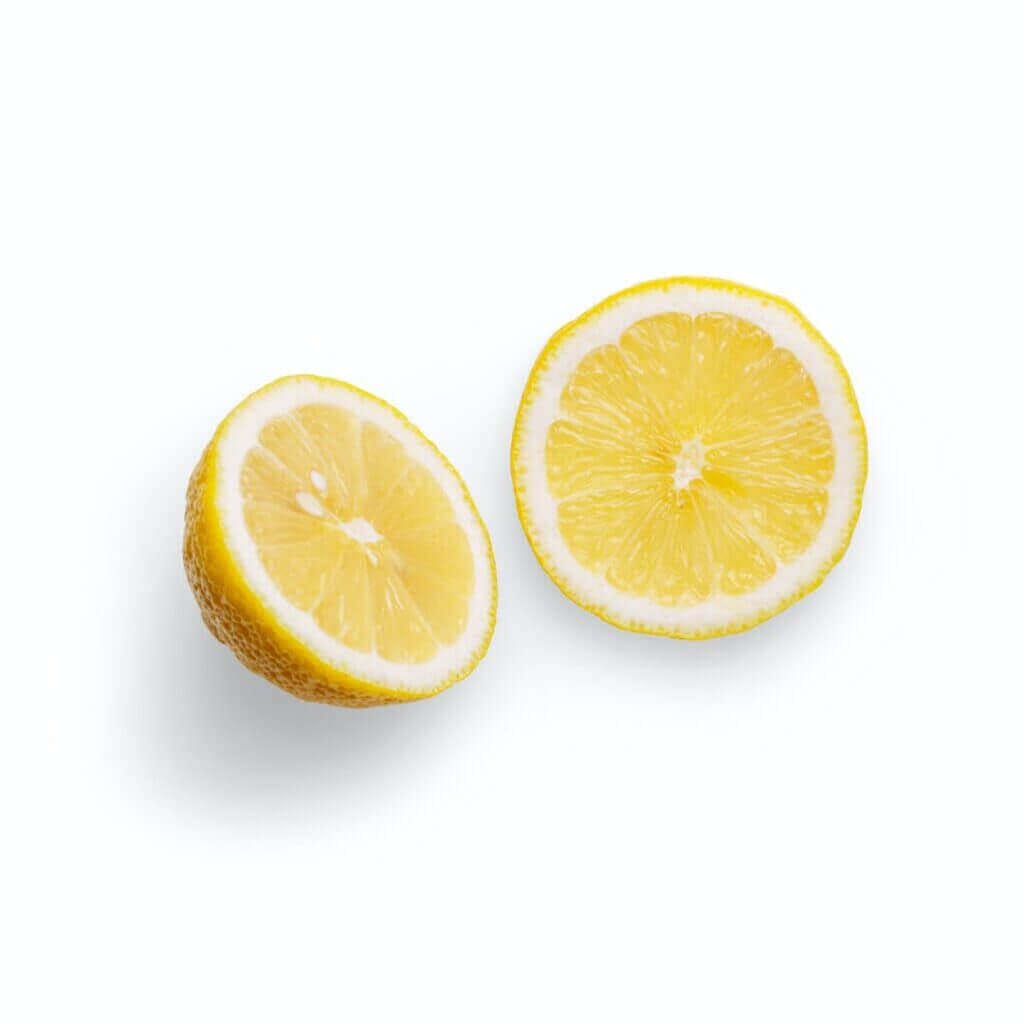
This terpene is one that is found in high abundance in many cannabis varieties. It is widely utilized in the cosmetic industry. Additionally, it is also utilized in many commercial and residential cleaners. This terpene is known for its very lemon-like aroma and is widely embraced for its antifungal and antibacterial properties.
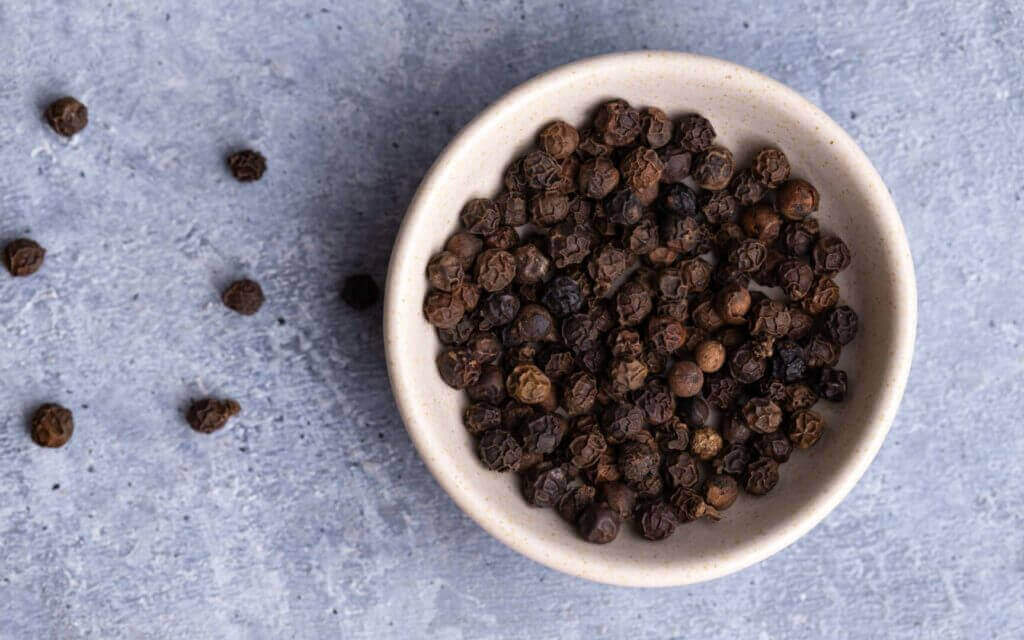
This terpene binds with the CB2 receptors that are located in abundance throughout our skin. For this reason, it is a very versatile and highly embraced ingredient in topical lotions and creams for its anti-inflammatory effects. In mice-based studies, this terpene has also been shown to indirectly reduce the amount of alcohol that one voluntarily intakes. If you are a fan of black pepper and find yourself smothering your food in it, you’re a fan of caryophyllene!
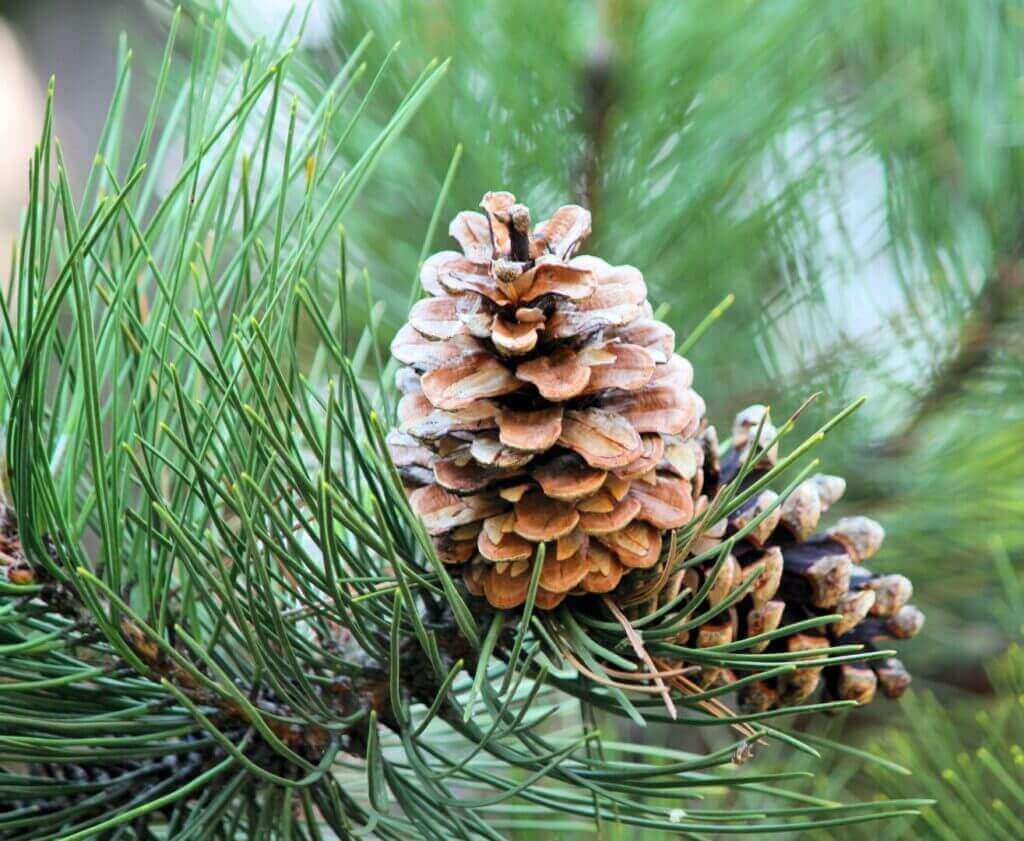
That distinct aroma that opens your airways and lightens your mood when you walk into the forest is attributed to a terpene known as pinene. Alpha pinene and beta-pinene are sometimes known as the twin terpenes and are widely embraced for their pain-relieving, anti-inflammatory, and bronchodilator effects!

If you’re looking for cannabis strains that won’t give you the munchies, you should look for strains high in humulene. This terpene is known for its appetite-suppressing effects, making it a great potential companion if you’re on a journey for weight loss. It is also known for its anti-inflammatory, pain-relieving, and antibacterial properties.

That distinct aroma of tea tree oil is due to a terpene known as trans-nerolidol. This terpene offers anti-parasitic, antifungal, antioxidant, and many other properties. While it is not the most common in all cannabis varieties, it is popular among some of the most common and legendary ones.

This terpene offers a very similar aroma to that of Cypress trees. Research has linked it to being primarily beneficial for bone and memory health.

This terpene is widely utilized throughout the cosmetic industry as it offers a very floral aroma. It is also widely embraced for its anti-inflammatory, antibiotic, and antioxidant properties and is found primarily within heavy-leaning indica varieties of cannabis.

This terpene is often added to vitamin c supplements in order to boost its antioxidant power and has been shown in research studies to help lower both cholesterol and triglyceride levels. Though only found in select varieties of cannabis, this terpene is known for having antifungal, antibiotic, analgesic, and anti-inflammatory properties.

Found prevalently in eucalyptus and utilized throughout the medicinal and cosmetic industries, this terpene offers a wide variety of different uses and potential benefits. Its antioxidant and anti-inflammatory effects have been shown to help aid in the treatment of cardiovascular and respiratory disease as well as the treatment of pancreatitis in research studies.

A recent highlight in the medical community, this terpene though only found in small concentrations in cannabis, is found in abundance in other plants such as chamomile flowers. It has been shown to provide antioxidant, anti-irritation, and analgesic properties that aid in the treatment of bacterial infections.

If a Valencia orange is the only orange that will do, it may be because you have a love for the valencene terpene. Utilized primarily in the cleaning, cosmetic, and personal care industries, it is also widely utilized as an insect repellent. This terpene is also embraced for its bronchodilator, anti-inflammatory, and antioxidant properties.

This terpene has been widely utilized by Chinese herbalists to treat colds, bronchitis, and coughs for many years. This could be due to its analgesic and anti-inflammatory properties. It is also a very effective insect repellent. However, it is known to cause irritation to the nose and throat with heavy exposure.

This terpene is widely utilized in aromatic bath products as well as body lotions and creams due to its fresh fruity and floral aroma. It has also been shown through scientific research to offer neuroprotectant and antioxidant properties.

While not found in high concentrations in many cannabis varieties, this terpene offers many benefits, such as anti-convulsant and antifungal properties in addition to working as a decongestant.
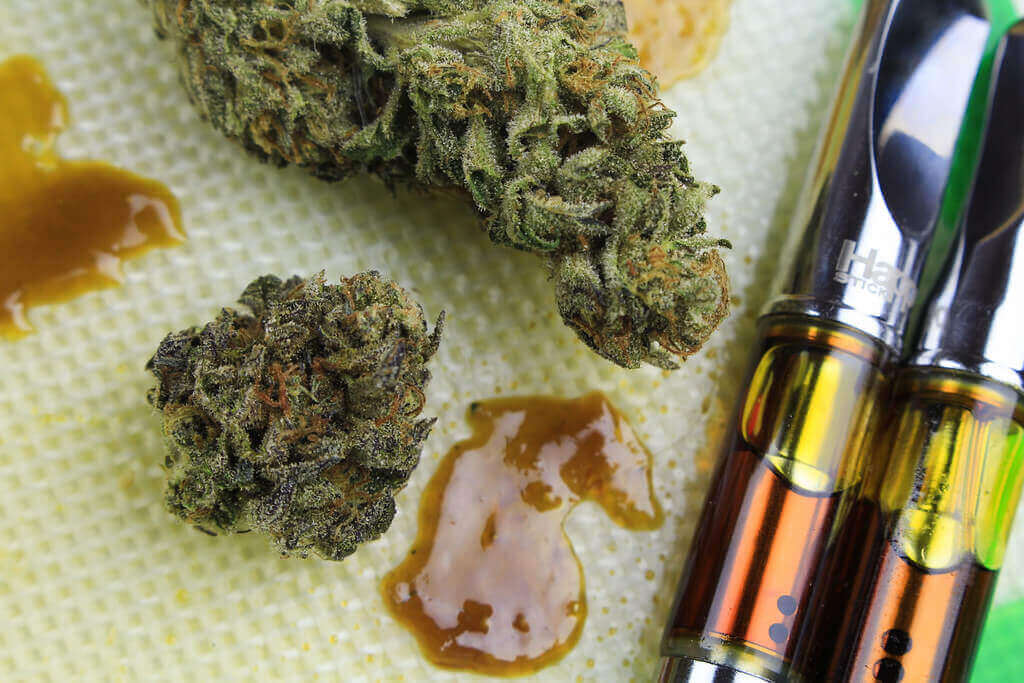
Ever had that strain that just tantalized your taste buds but then had it again, and it just wasn’t the same? Or have you ever tried cannabis concentrates and noticed that some forms of these extractions presented more flavor than others? If so, you have experienced different terpene concentrations in flower and products. While there are many things that can affect the concentration of terpenes retained after curing flower or processing extracts, the most vital is exposure to light, temperatures, growing mediums, nutrients, grow environment (indoor vs. outdoor), and the state of trichomes at harvest.
Seeing how terpenes are highly volatile compounds meaning that they can be easily evaporated in standard cannabis extraction techniques, there are only a few processes that allow for higher retention of terpenes, with live resin being at the forefront. This type of cannabis concentrate is made utilizing cannabis buds that were frozen immediately after harvest, and that maintain a freezing temperature throughout the extraction process. This allows for the terpenes and other volatile compounds to be retained and shine through in the end product, affecting not just the flavor and aroma of the end product but its efficiency and effects as well.
When storing dried cannabis flower, it is essential that it is stored properly in a manner in which it is not exposed to light, air, or extreme temperatures. This type of exposure is the leading cause of terpene degradation in cured cannabis.
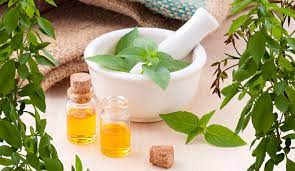
While we are talking specifically about cannabis terpenes, the concept of how terpenes work with our bodies is ancient knowledge. For centuries we have embraced the formulation of essential oils for aromatherapy purposes. Anyone that has utilized lavender-based oils or products to help aid in relaxation or infused their water with lemon and citrus for an uplifting kick has experienced the power of terpenes and how they affect the body. Terpenes from and in cannabis act exactly the same. A prime example is cultivars of cannabis that contain high concentrations of linalool (the terpene responsible for giving lavender its unique aroma and flavor) are known for producing relaxing, stress-relieving, and anxiety decreasing effects.
While many of the therapeutic effects of cannabis are being attributed to cannabinoids such as CBD and THC, as our knowledge deepens surrounding terpenes, more people are becoming aware of the superpower influences on our body that terpenes offer. These benefits extend beyond the obvious stress relief and uplifting aspects they offer and are being recognized as what some call a “new frontier” in cannabis-based medicine due to their contribution to what is known as the Entourage Effect; more on that below.
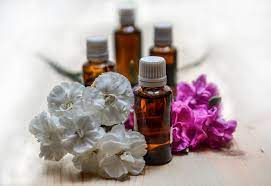
While we would never make claims and are not a substitute for medical advice, there is significant scientific proof based on years of research attributing terpenes to a wide range of different therapeutic properties. Let’s take a closer look at a few of the therapeutic attributes that have been linked to various terpenes.
Terpenes such as pinene varieties and caryophyllene have been linked to antiviral properties. Terpenes such as these could be vital in the creation of new antiviral medications in which researchers are always looking to compound.
In 2008 researchers looked at the efficiency of essential oils high in alpha-pinene, beta-pinene, and beta myrcene in combating viral activity, particularly in the HSV-1 and SARS-COV viruses. In vitro and in vivo, these terpenes were found to reduce the impact of the viruses and their severity. In the study, it was also found that by withholding specific proteins, these terpenes could also prevent the penetration of healthy cells by these viral components.
According to statistics from the National Cancer Institute, it is estimated that 39.5% of the adult population will receive a cancer diagnosis in their lifetime. This estimate is based on data from 2015-2017 and encapsulates all forms of cancer, including melanoma and other skin cancers, lung cancer, breast cancer, and many others. For this reason, for years, researchers have been striving to find various therapeutic options that may kill various cancer cells and, even better yet, prevent cancer from occurring. There are several terpenes, including some of which can be found in cannabis, that have exhibited the ability to inhibit the growth of different types of cancer cells—these include pinene, limonene, terpinene, beta-myrcene, and camphor.
Research surrounding terpenes and the potential utilization of them to treat cancer as well as assist in treating the symptoms that come with other forms of cancer treatment are abundant. However, not all benefits are due to the terpenes themselves. In fact, one terpene known as Borneol does not directly treat cancer in any form, but it does have the ability to cross the blood-brain barrier and could help to facilitate the passage of various formulations, according to a study from 2020. A 2003 study also found that humulene exhibited anti-tumor activity when put up against various tumor cell lines.
Did you know that over ¼ of all antidepressant drugs are compounds utilizing extracts from herbal sources that are rich in terpenes? Of all the terpenes, linalool and beta-pinene are the most commonly utilized terpenes in these formulations.
Pinene is a very prevalent terpene that is commonly researched and utilized for its antidepressant effects. A study from 1999 concluded that alpha-pinene increased the response of GABA receptors significantly. Additionally, it has been found in several studies, including one from 2015, that beta-pinene has the ability to exert antidepressant effects in mice-based studies.
Pinene, however, is not the only terpene that has been shown to offer antidepressant properties. Linalool, a terpene commonly prevalent in lavender and common in cannabis, was shown in a 2018 study in REM sleep-deprived mice to exert antidepressant effects as well as improve upon certain learning behaviors.
Harmful microorganisms run wild in our society today, and we have come up with many different ways to kill these organisms. However, many come with the risk of harmful side effects. Research suggests that many terpenes exhibit the ability to kill or otherwise stop the progression of microorganisms through the body. Terpenes that have shown this attribute include geraniol, terpinolene, alpha-bisabolol, and eucalyptol.
Terpenoids eugenol and cinnamaldehyde are prevalent in the essential oils of various plants species and found in small concentrations within many cannabis varieties. These terpenes have been shown to be effective in exerting antimicrobial effects against h pylori, MRSA, and MSSA in various studies.
Additionally, cinnamaldehyde was found to offer microbial defenses against E Coli by damaging the structure of the bacterial membrane resulting in a decrease of metabolic activity, which ultimately resulted in inhibition of the bacterial growth.
Terpenes such as linalool, beta-pinene, and humulene, have all been proven to offer analgesic, aka pain-relieving properties. It has been shown that many of these terpenes mimic cannabinoids in order to provide this effect by activating the body’s CB1 receptors within the Endocannabinoid System. When terpenes and cannabinoids were combined in a 2021 study, it was shown that the pain-relieving effects of both were amplified without any increase in the risk of potential negative side effects.
Cannabis is widely utilized by pain patients, and while several different cannabinoids have been attributed to having analgesic properties, there are also several terpenes that are prevalent in many cannabis cultivars that also offer pain-relieving effects.
In a 2019 study on a frankincense oil that was prevalent in alpha and beta-pinene, it was found that this oil provided a much higher anti-inflammatory and anti-analgesic effect in comparison to water extracts in a mouse-based study. Alpha-humulene, which is sometimes known as alpha-caryophyllene, was found in a 2014 study to reduce inflammatory pain significantly when applied topically.
Various studies on linalool have shown that this terpene can directly affect how pain signals are sent to the brain and can increase the brain’s level of adenosine. Adenosine is a central nervous system-based depressant, so by increasing its concentration, it aids in not just pain relief but also sleep, according to a study from 2000.
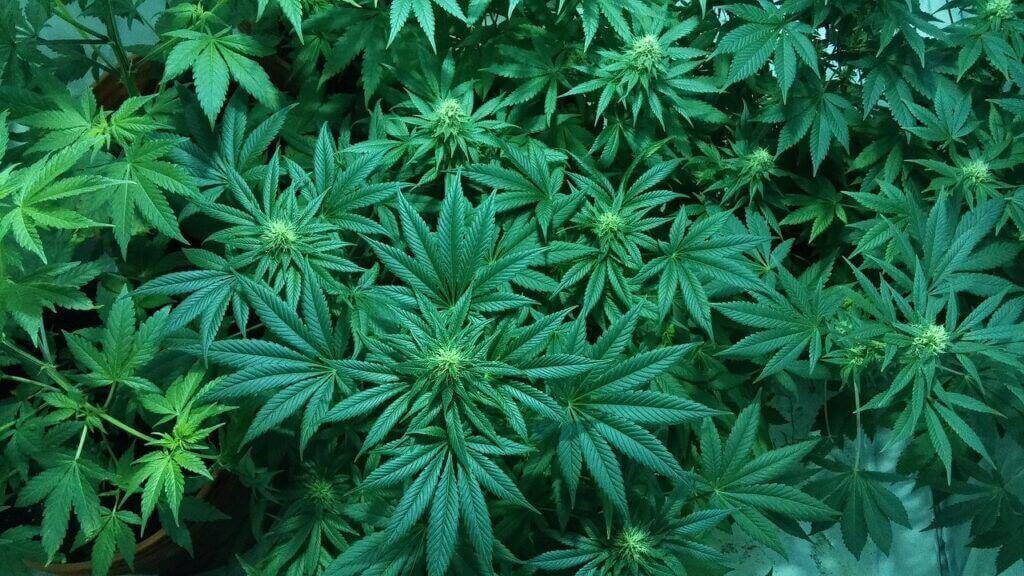
As you may have learned in a previous installment of the Plant Power Series, there is a theory regarding compounds found in cannabis known as the Entourage Effect. This theory encapsulates the belief that the compounds found in cannabis, including but not limited to cannabinoids, terpenes, and flavonoids, work in synergy to provide the most optimal effects.
Reviews such as one performed in 2018 on patients with epilepsy have brought validity to this theory. In this particular study, epileptic patients utilizing a full spectrum CBD extract that included terpenes, other cannabinoids, and various plant compounds experienced greater improvement in symptoms as well as fewer side effects in comparison to those in the study utilizing CBD isolate containing only the cannabinoid CBD.
The same study concluded that the full-spectrum CBD extract provided four times the potency in comparison to CBD isolate, allowing patients to take lower doses. This higher concentration of potency in the full spectrum CBD extract is believed to be attributed to the synergistic effects of cannabinoids, terpenes, and other compounds being present.
Research from more recent years has also found that terpenes have the ability to boost cannabinoid activity within the endocannabinoid system. However, in order to achieve this increased state of effects, a high concentration of terpenes was required. To date, much of the clinical knowledge that we have regarding terpenes, as well as their ability to affect the efficiency of cannabinoids, are limited to animal or test tube-based models. What we do know is that the research in this area continues to thrive, and new discoveries regarding terpenes, how they work with our bodies and in nature, as well as the benefits they hold, are sure to continue to fascinate for years to come.

Aren’t terpenes remarkable? We sure think so! That is why we have included some of the world’s most sought-after plant oils (which include many of the terpenes listed above) in their purest and cleanest forms in the Potency product lineup! Within the Potency Gold Serum, you can find Frankincense, Blue Chamomile Flower, Jasmine Flower, Cinnamon, Vetiver, Sandalwood, Rose, and many others all packed with remarkable terpenes and all of their respective goodness! It truly is what makes it such a vibe! Not to mention that it also includes the potent superpowers of cannabinoids such as CBD and CBG, which we discussed in the last installment of the Potency Plant Power Series! In the next installment, we will be taking a deep dive into the many ways that cannabinoids can be utilized and consumed!